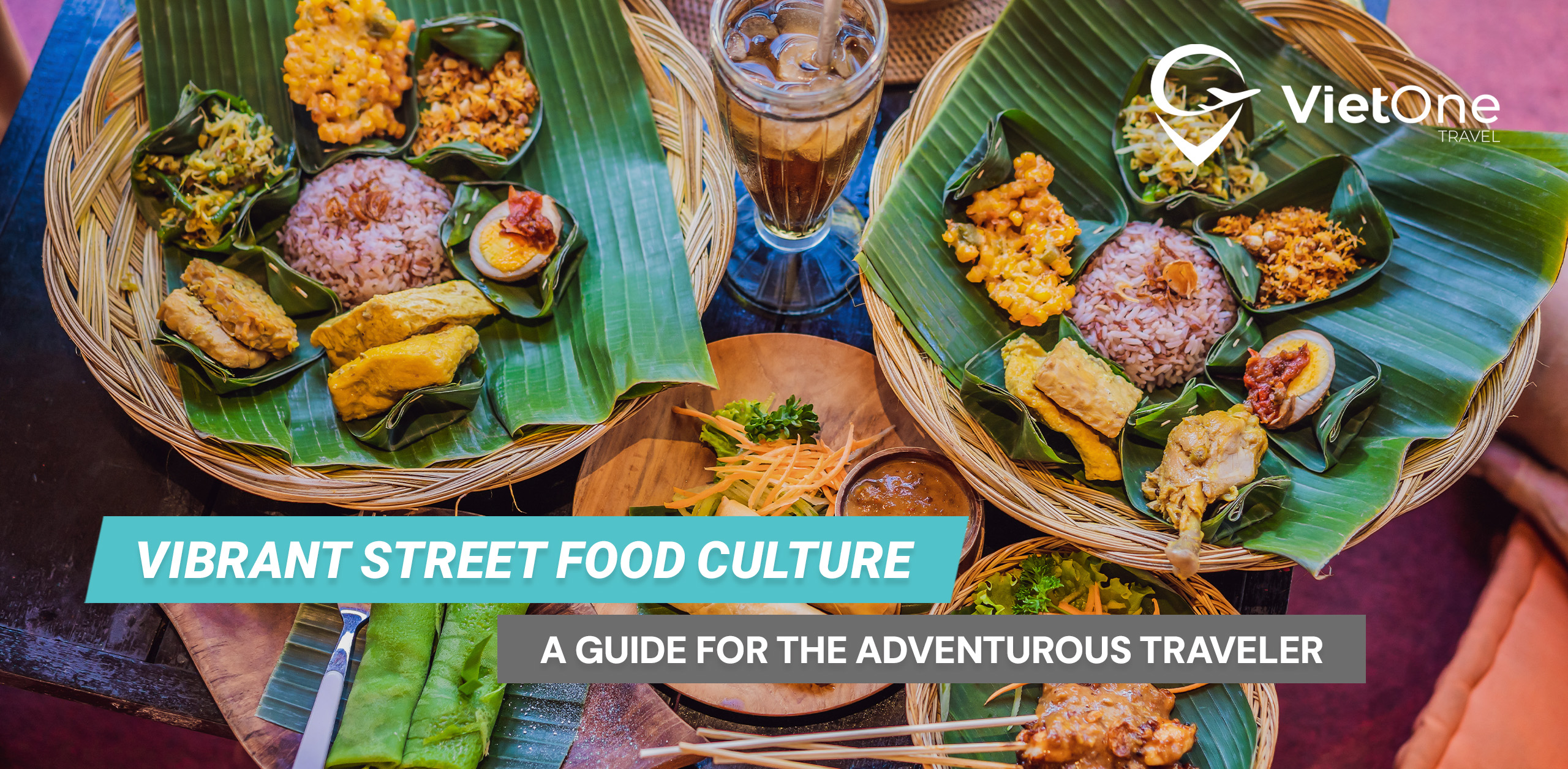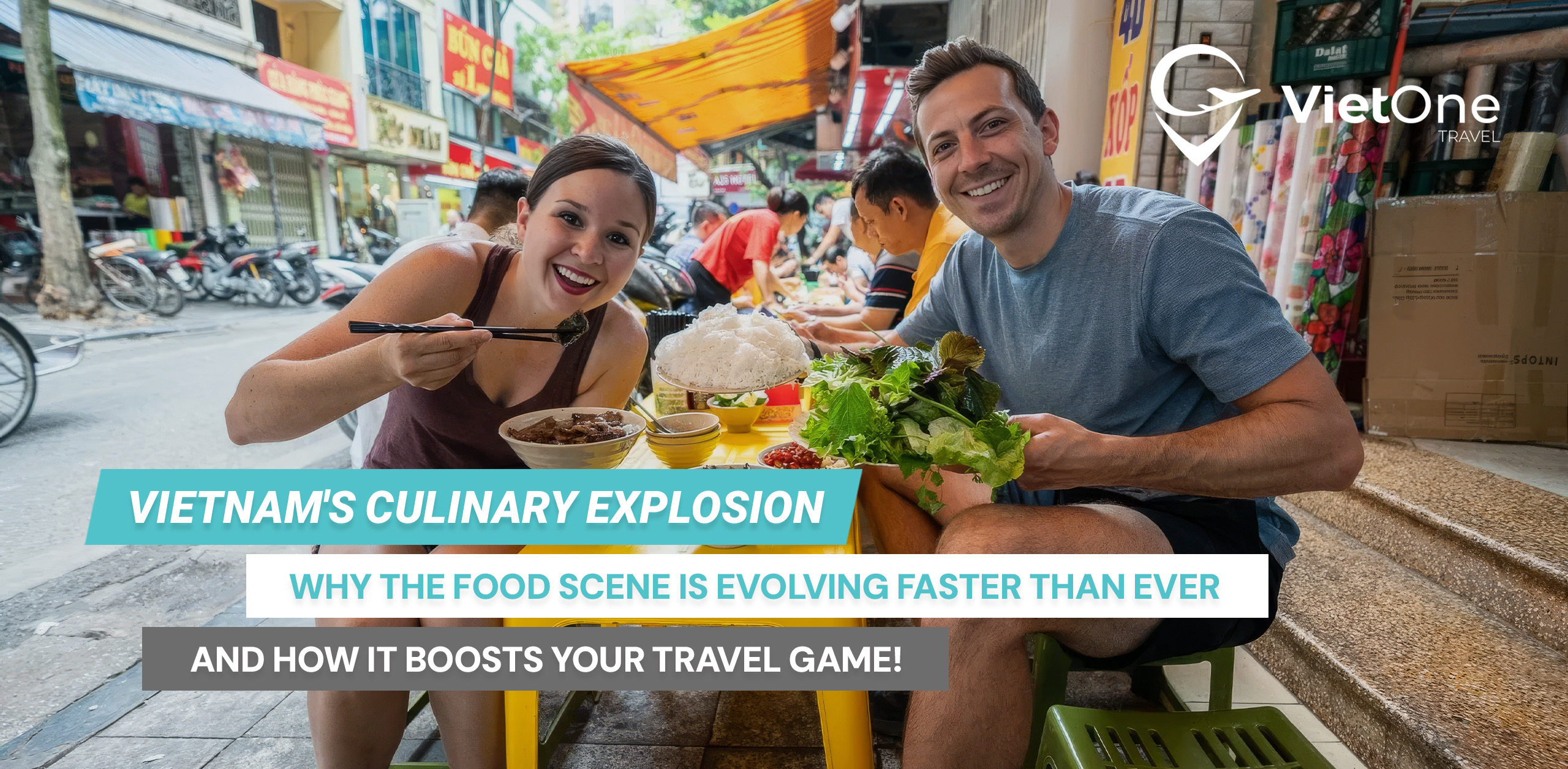Vietnam’s tourism industry has seen significant transformations over the past few years, from overcoming global challenges to setting ambitious targets for the future. With strategic investments in infrastructure, sustainability, and market expansion, Vietnam is positioning itself as a premier travel destination. Let’s take a closer look at how the sector has evolved, where it’s headed, and what this means for travelers and industry partners.

A look back: overcoming challenges and bouncing back
The COVID-19 pandemic in 2020-2021 was one of the most disruptive periods for global tourism, and Vietnam was no exception. Strict border closures led to an 80% drop in international arrivals, affecting businesses nationwide. However, the country adapted quickly, launching domestic travel campaigns to support local tourism.
By 2022, as restrictions eased, Vietnam welcomed approximately 3.7 million international tourists. Recovery gained momentum in 2023, with over 12 million foreign visitors and domestic travel surpassing 101 million trips. This resurgence was fueled by key initiatives, including:
- Visa policy reforms that simplified entry for travelers from Europe, Asia, and beyond.
- Targeted marketing campaigns focusing on high-value markets like South Korea, China, and Europe.
- Investment in new tourism products, catering to adventure seekers, wellness travelers, and high-end luxury tourism.

What’s next: ambitious goals for 2025 and beyond
Vietnam has set bold targets for the next decade, with tourism playing a crucial role in economic growth. By 2025, the country aims to attract:
- 25-28 million international visitors
- 130 million domestic travelers
- 8-9% contribution to GDP from tourism
By 2030, the vision expands even further, targeting:
- 35 million international arrivals, growing at an annual rate of 13-15%
- 160 million domestic travelers, increasing by 4-5% per year
- Tourism contributing 13-14% to GDP
To achieve this, Vietnam is focusing on sustainable tourism, infrastructure expansion, and diversifying its travel offerings.
Market expansion and emerging opportunities
Vietnam is embracing new markets while strengthening ties with traditional visitor bases. Growth strategies include:
- Expanding into India and the Middle East, offering customized itineraries and direct flights.
- Strengthening ties with key markets in Northeast Asia, Southeast Asia, and Europe.
- Developing niche tourism segments such as golf tourism, adventure travel, wellness retreats, and high-end experiences.
The country is also leveraging MICE (Meetings, Incentives, Conferences, and Exhibitions) tourism, with major cities like Ho Chi Minh City, Hanoi, and Da Nang hosting large-scale events that attract corporate and business travelers.

Sustainable tourism: preserving Vietnam’s natural beauty
Vietnam is committed to green growth, ensuring that its booming tourism sector does not come at the cost of environmental degradation. By 2030, all major tourist areas are expected to:
- Eliminate single-use plastics and non-biodegradable materials.
- Implement eco-friendly practices in accommodations and attractions.
- Promote community-based tourism, allowing visitors to engage with local cultures while supporting small businesses.
From eco-lodges in Phong Nha-Ke Bang National Park to conservation programs in the Mekong Delta, sustainability is becoming a key part of the country’s tourism identity.
Job creation and economic impact
Tourism remains a powerful driver of employment in Vietnam. The sector is projected to support:
- 6.3 million jobs by 2025, including 2.1 million direct tourism-related roles.
- 10.5 million jobs by 2030, reflecting the industry’s growing influence on the economy.
This growth provides opportunities for local communities, with initiatives promoting skilled labor in hospitality, guiding, and travel services.

The road to 2045: Vietnam as a global tourism leader
Looking even further ahead, Vietnam has set a vision for 2045, aiming to establish itself as a world-class tourism destination. The long-term strategy includes:
- Attracting up to 70 million international visitors annually.
- Developing a seamless travel experience through high-speed transport networks and smart tourism solutions.
- Ensuring tourism contributes 17-18% of GDP, positioning it as a key pillar of the national economy.
The future is bright for Vietnam’s tourism
Vietnam’s tourism sector has shown remarkable resilience and ambition. From its historic cities to its pristine beaches and lush mountains, the country continues to captivate travelers from around the world. With strong investments, strategic policies, and a commitment to sustainability, Vietnam is shaping a future where tourism thrives while preserving its cultural and natural heritage.
For travel industry professionals and tourists alike, there has never been a better time to explore all that Vietnam has to offer. The journey ahead is filled with opportunities, and Vietnam is ready to welcome the world.





